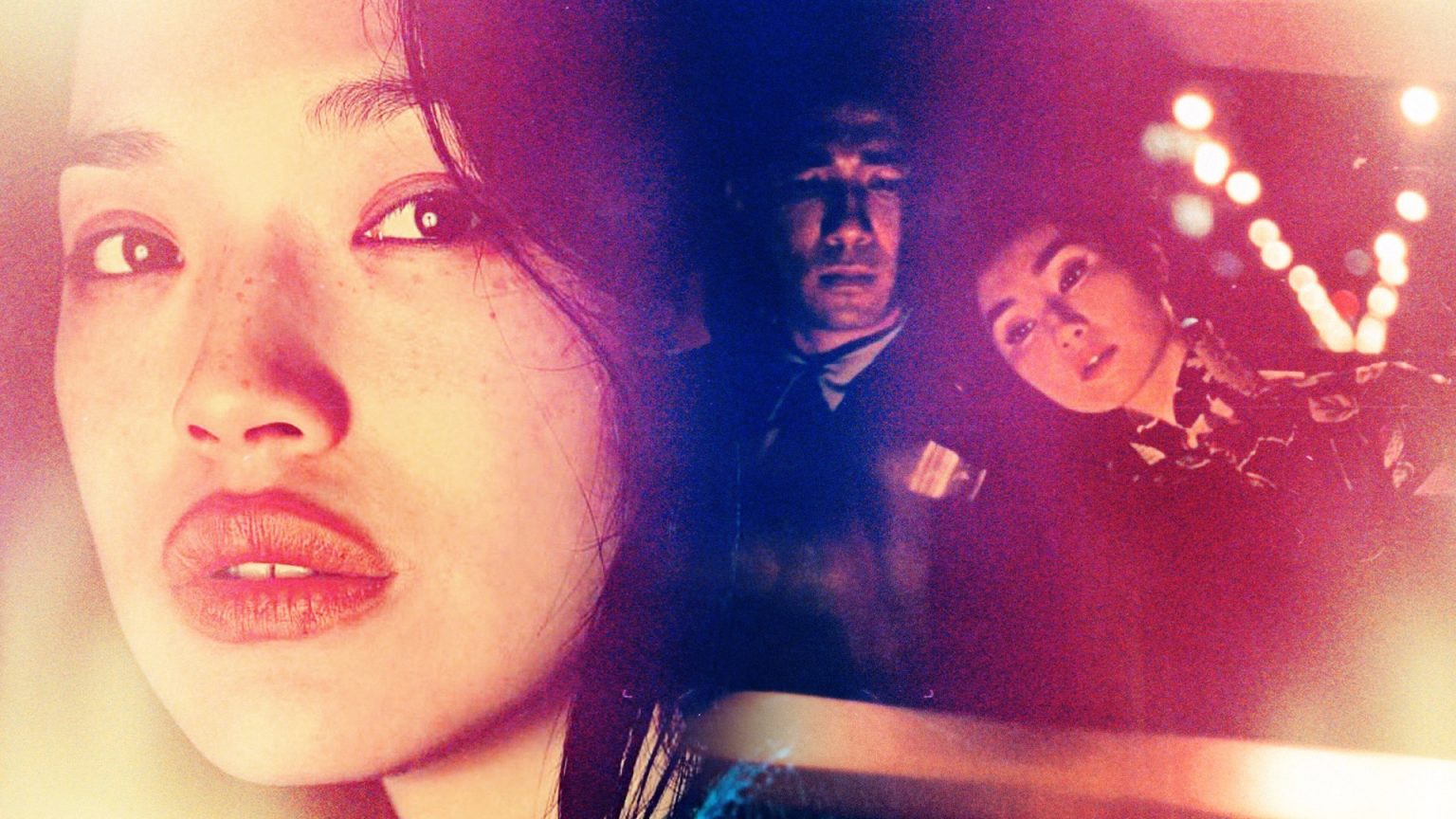It’s fascinating to consider how we remember a film — what sticks, if you will, as time passes. For me, it’s expressive color palates, eccentric lighting, or set designs saturated with emotion that seem to be the “stickiest.” These undeniable hallmarks of expressionist cinema culminate in a film style that attempts to convey the internal emotional experience of its characters externally, rather than through realism. When I recall a modern work of expressionist cinema, I find that I not only remember specific scenes or shots, but also the intense desire to return to that film’s world, to, in a sense, truly envelop myself in those unique emotions that they alone can offer me. Historically, our understanding of expressionism in the film has been limited to the discussion around early German silent movies like The Cabinet of Dr. Caligari and Nosferatu. The genre has been credited with bringing this artistic style to fruition, as well as providing the foundations for both noir and horror. While this historical trajectory is essential to our modern definitions of film, it is limiting in that we don’t often speak of expressionism outside of that historical moment.
This is problematic for multiple reasons. For one, it’s an entirely Western-centric model of film interpretation: To consider German silent film as the hallmark of expressionism in cinema is to ultimately neglect a host of other countries that have utilized expressionism as a tool. Furthermore, the manner in which film traditions in other nations have been used is often completely separate from that of the German silent film model. German expressionism is deeply dark and brooding, and while this quality makes good use of the natural black and white contrast of early sound films, other countries whose film industries have recently experienced an expressionist renaissance instead tend to wield the emotionally diversified effects of color.
There is of course no better example of this than Wong Kar-wai. For me, when it comes to lingering memory, his films are the stickiest of the sticky. They have a way of seeping into the mind and feeling more like something you lived and experienced, rather than something you watched. I can remember, for example, exactly how I felt during the scenes in the restaurant from In the Mood For Love: a strange mixture of nervous hope and deep tragic sadness. As our two protagonists sit in their booth, reenacting the conversations their partners might be having in their affair together, the room vibrates with their emotions. The turquoise dishware has an almost aquatic quality to it as if it were made of crystallized tears, but the yellow mustard on their plate stands out as an electric connection, and the red booth alludes to a subtle, yet fiery passion.
This is expressionism at its finest. The whole thing is quite disorienting, and that’s exactly how it should be. The actors keep their emotions pent up but, like lightning in a bottle, they burst out and sear the decor with color. You see, the truth is, as soon as color became possible in cinema, expressionism broke free from the shadowy realm of bleak German expressionism, noir, and horror to become a truly unbounded expressionistic medium. Auteurs like Wong Kar-wai prove that, in the modern era, it is filmmakers from outside of the West who have come to utilize the film pallet to its fullest expressionistic effect.
Contemporary expressionist innovations, however, go far beyond just the introduction of color. Lighting, too, has changed since the days of chiaroscuro. The fluorescent and ultraviolet lighting in Hou Hsiao-Hsien’s Millennium Mambo is a master class in how light can be used expressionistically. The first shot of the film shows protagonist Vicky (Shu Qi) drifting down a hallway lined with a seemingly endless stream of fluorescent lights. Vicky’s face is painted a melancholic ice blue, and the whole thing makes for a strange emotional cocktail. Her walk is beautifully confident, bordering on a strut, but this recursive hallway fills me only with sorrow.
However, Hsiao-Hsien’s true expressive brilliance comes through in the ultraviolet lights we see in Millennium Mambo’s club scene, and which softly populate the rest of the film. Early on we find Vicky and friends amidst a crowd of people in white clothing who glow a toxic purple. These ultraviolet lights express royal confidence, but also sad isolation amidst the crowd. The glow of this scene never truly leaves us; its afterimage remains burned on our eyes so that every pure white surface we see in the film seems infected by that slight violet. Even when we find Vicky meandering through snowy Japan, the snow also seems to exude a longing purple. For Hsiao-Hsien these quintessentially modern lights are a definitive interpretation of the current: an era that will always be tinted with a dissonant mixture of excitement and alienation, dejection and defiance.
As ticking time bombs of emotional energy, the films of Wong Kar-wai and Hou Hsiao-Hsien exemplify how to champion modern expressionism. They detonate at their own pace, but, when they do, you can never escape the emotional impact of their images. After watching them, you might find that mustard makes you feel the pain of love, and violet invokes a lonely kind of exaltation. This is the power of a medium with expressive abilities that extend far beyond the dark and distorted horror of the German silent era. As technology in both cinema and the world changes over time, so too, perhaps, does our capacity to be affected by it. It may be more accurate to think of a movie as a well-curated experience — and the best of these are the ones that we experience most strongly, the ones that seep into our memories like water into roots, and stick like superglue.
Watch Now: The Cabinet of Dr. Caligari, Nosferatu, and other classic expressionist films are available for streaming on Fandor, as is Hou Hsiao-Hsien’s contemporary expressionist masterpiece Millennium Mambo.




